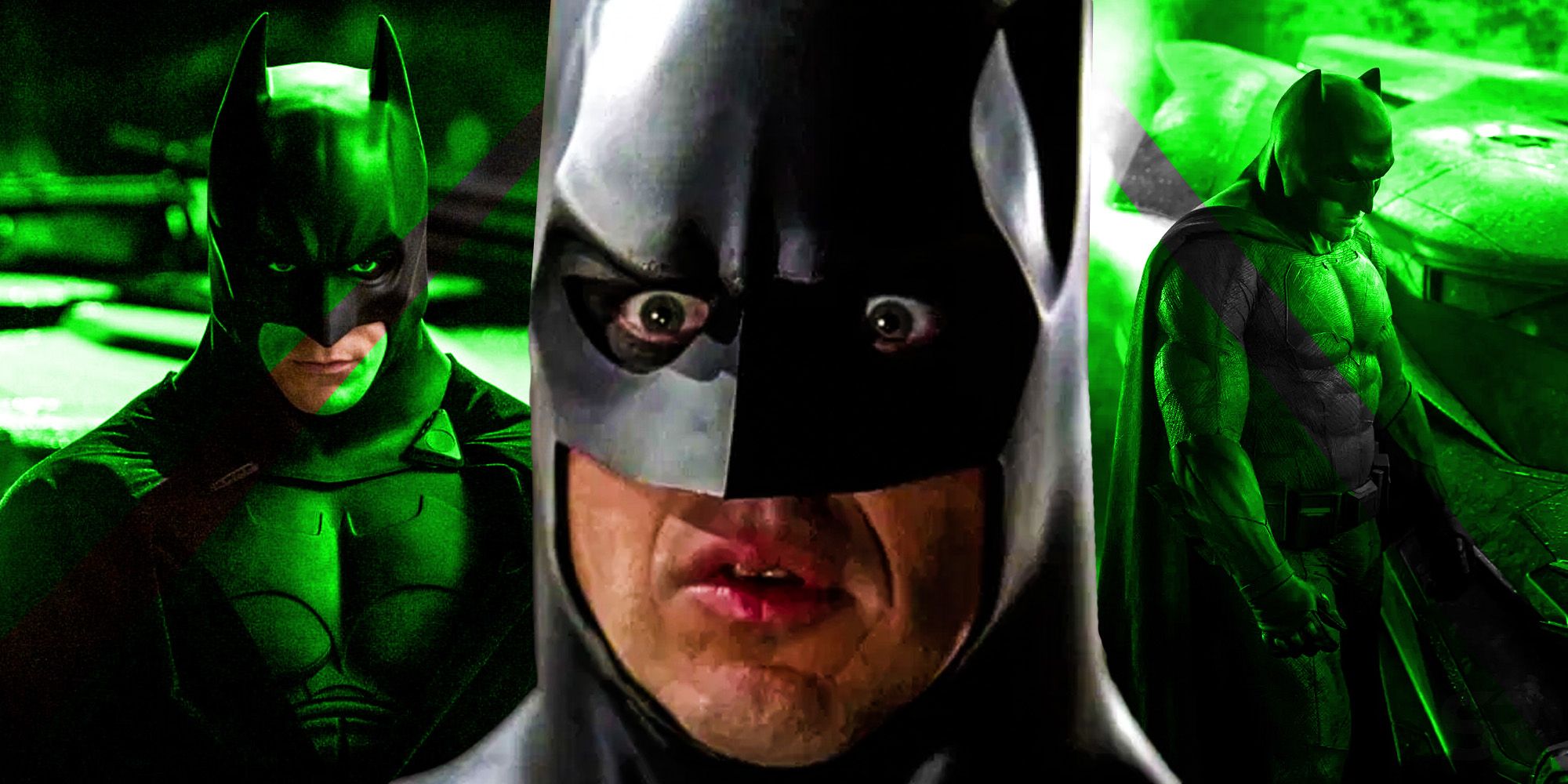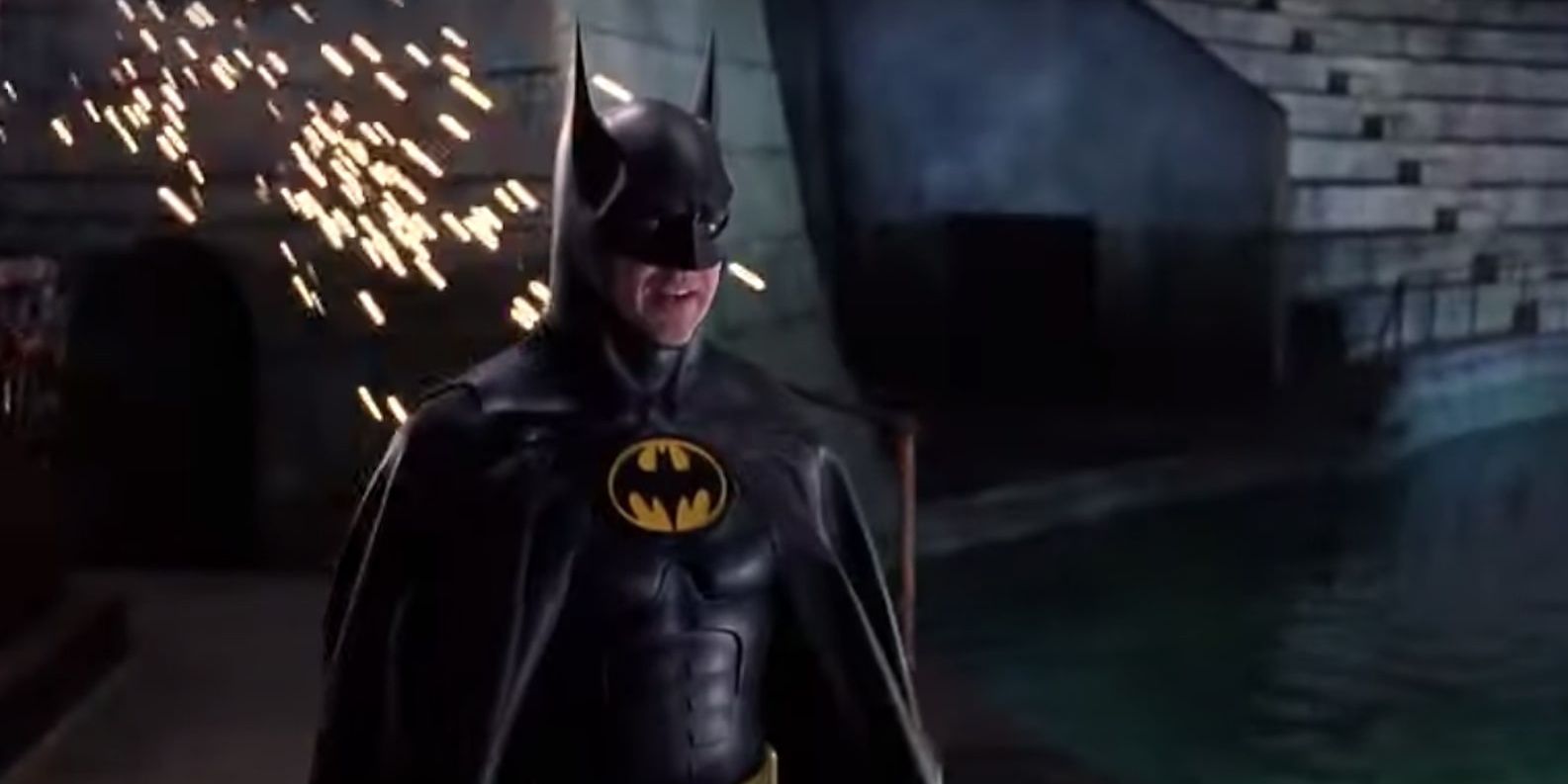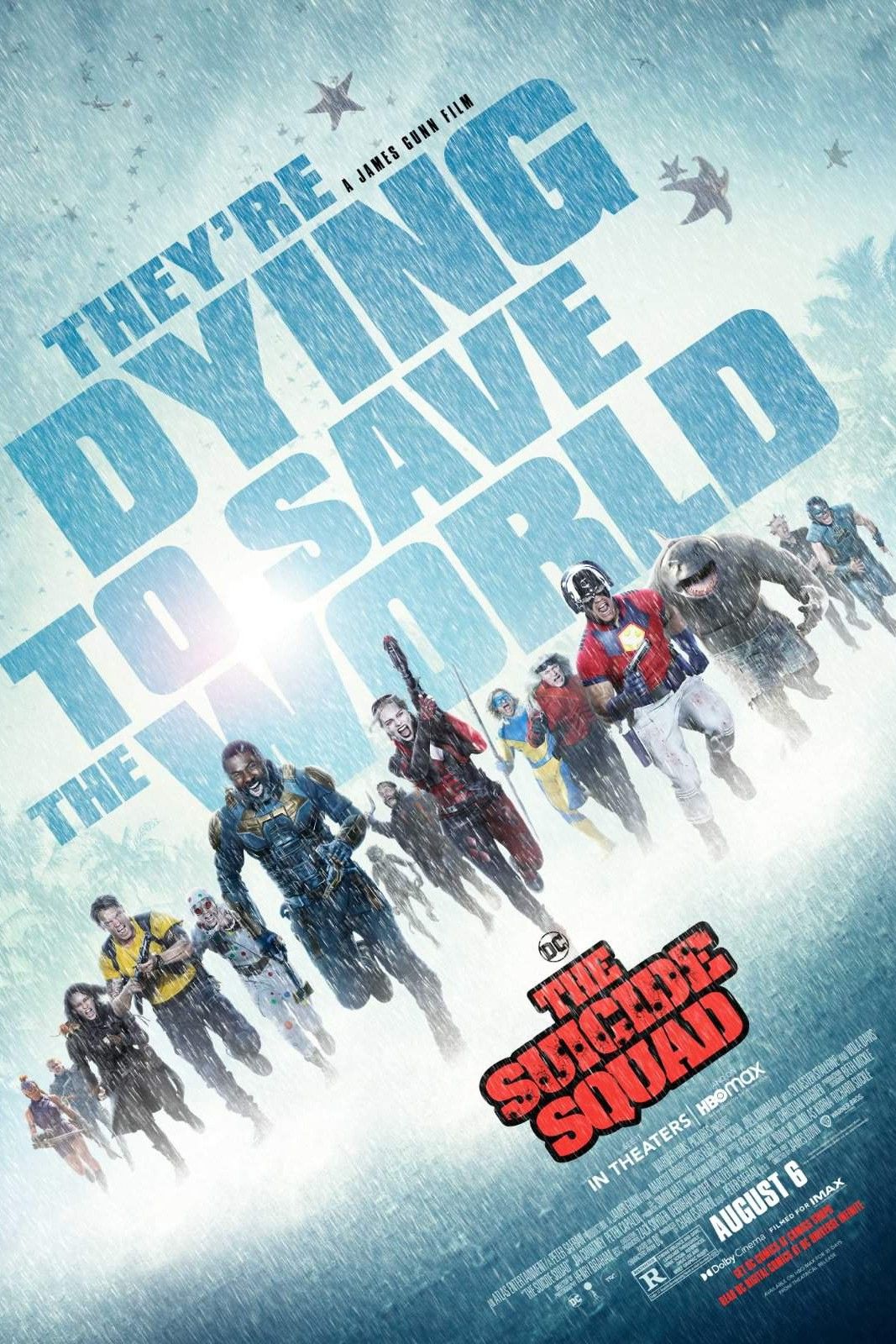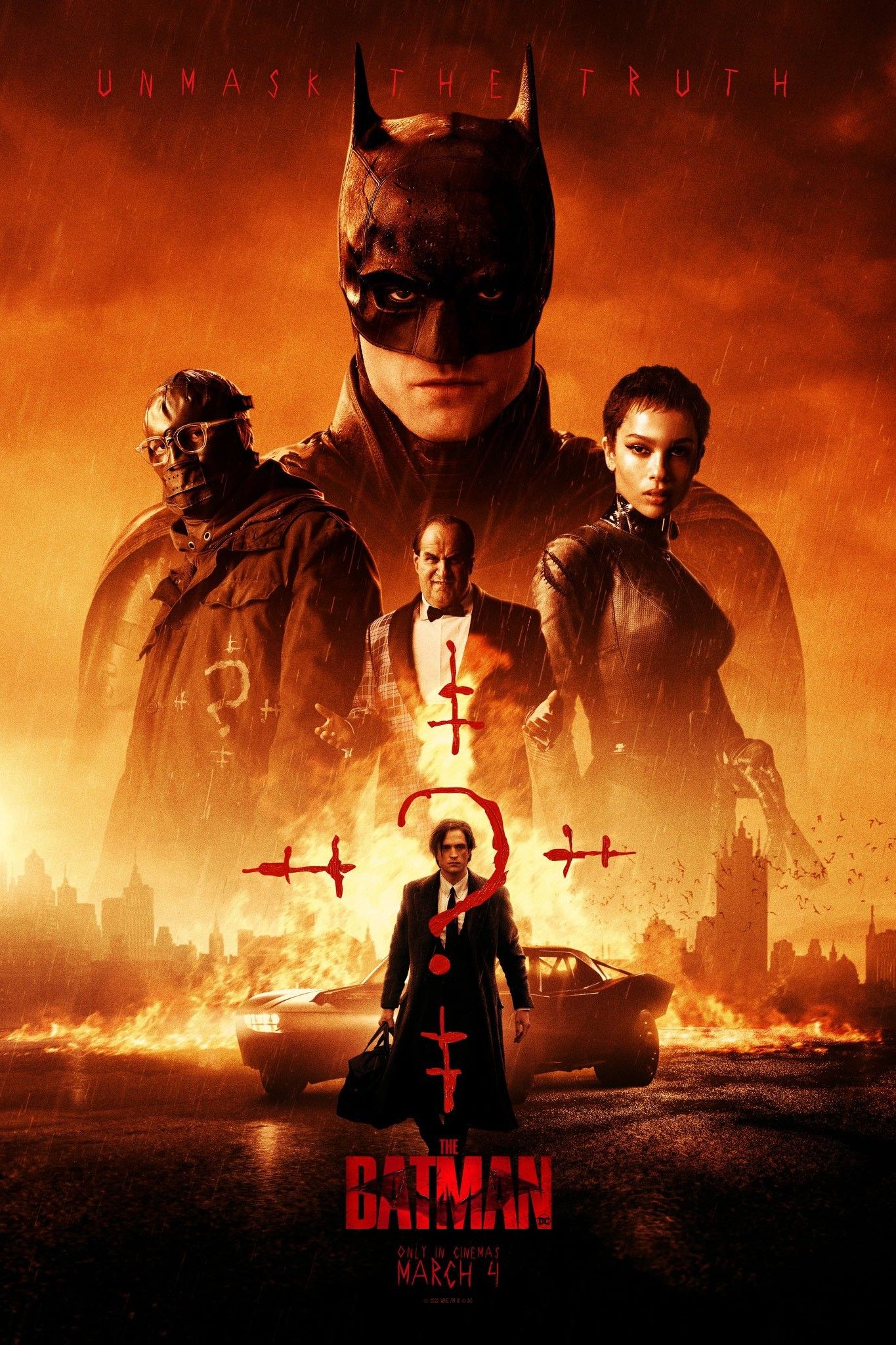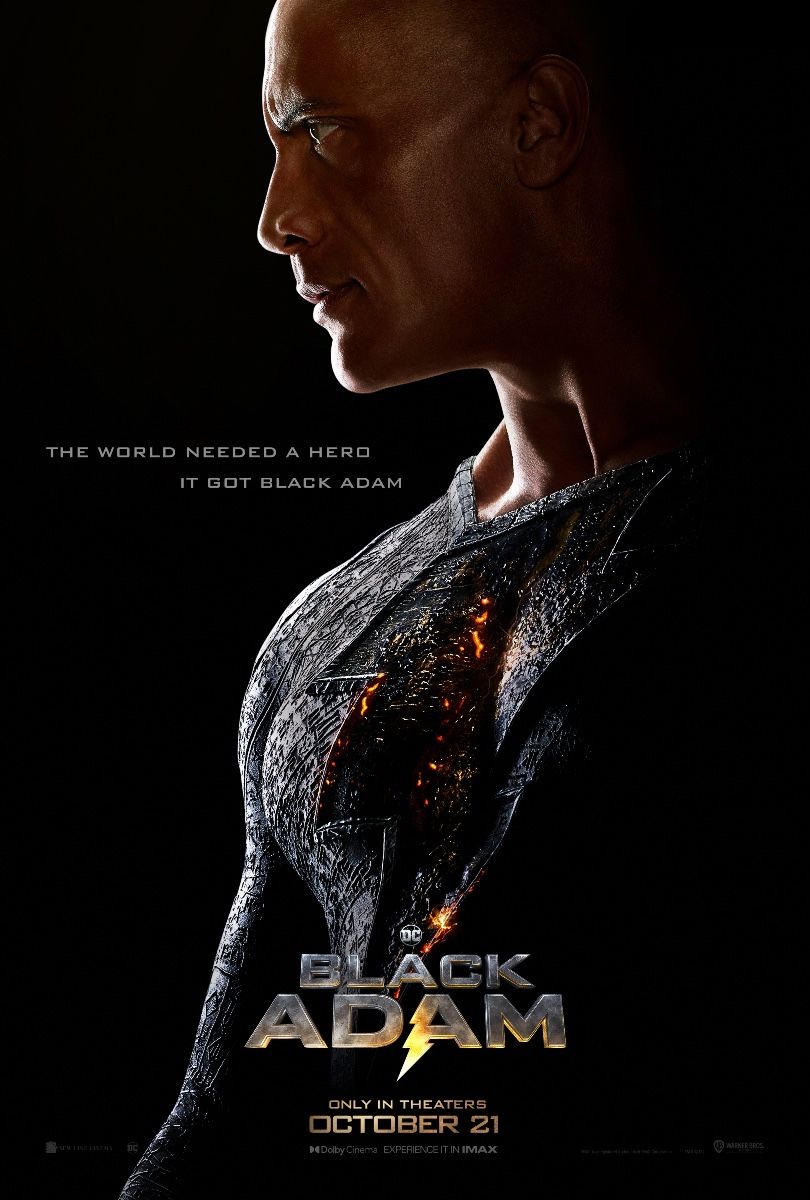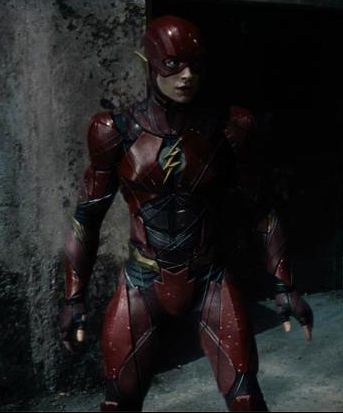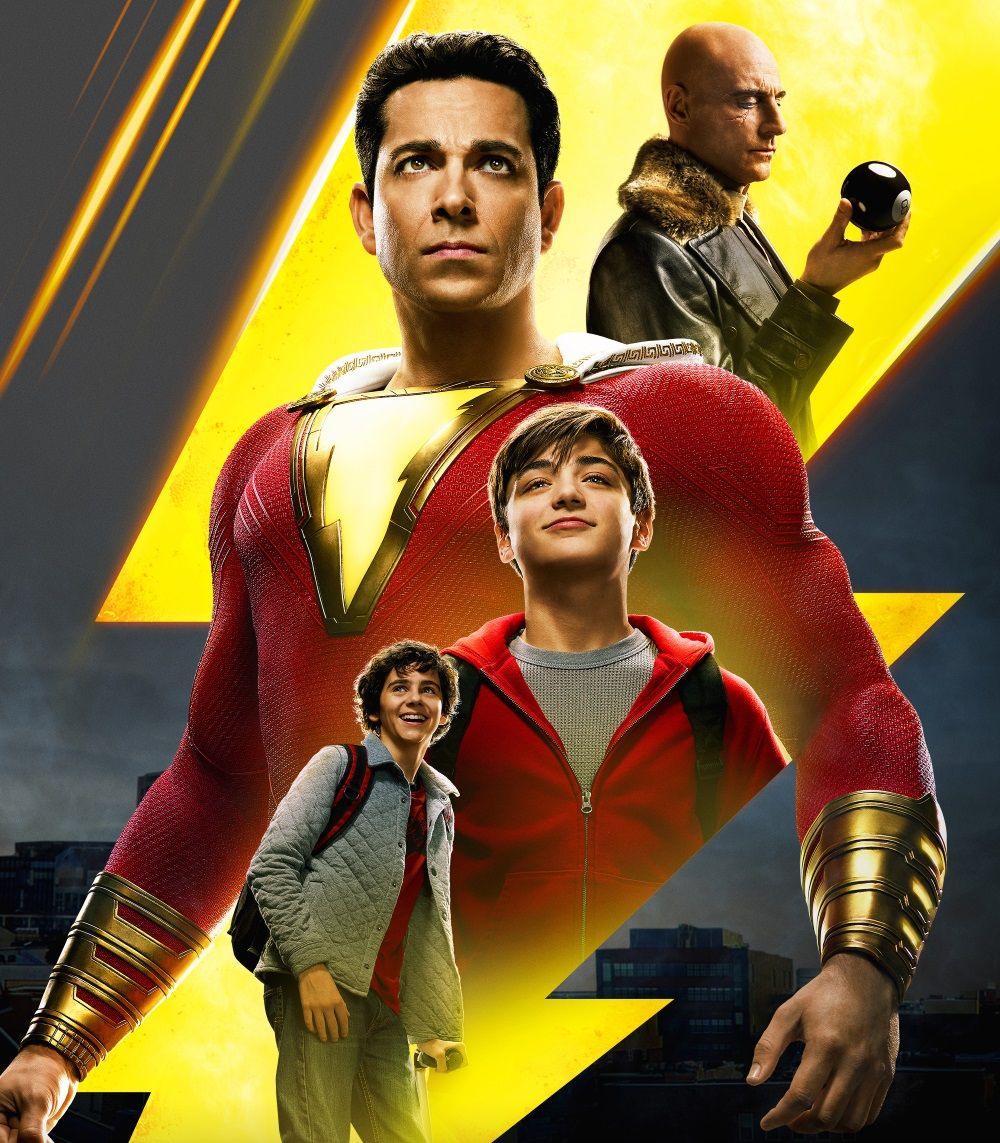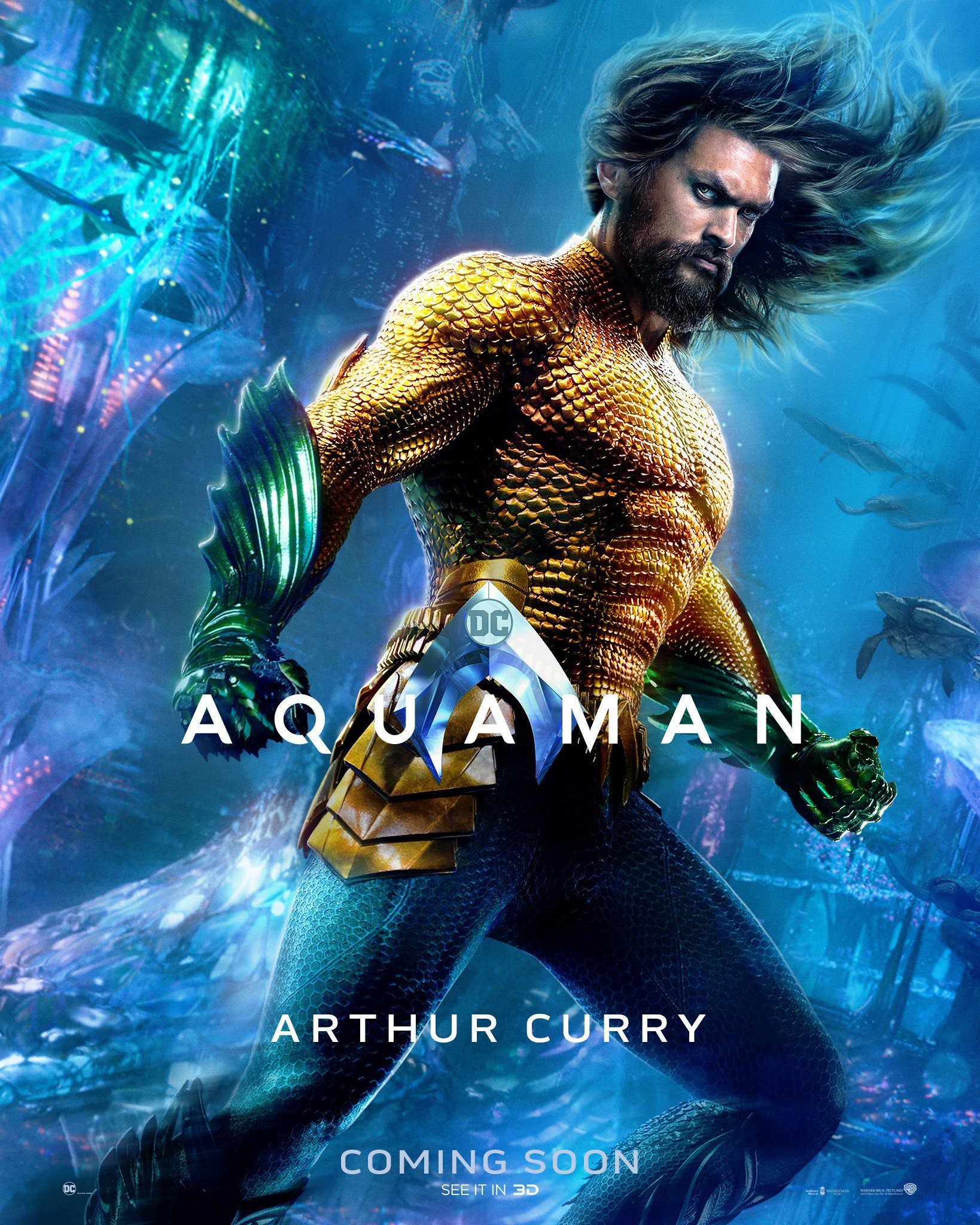Batman Returns was initially dismissed by some for being overly dark, but the film understood the tragedy of Batman better than any other movie. With Michael Keaton returning for The Flash and new versions of the Dark Knight, Catwoman, and Penguin appearing in Matt Reeves’ The Batman, comparisons will undoubtedly be made to Tim Burton’s tale of abused, solitary outsiders. While the 1989 Batman launched the movie franchise, Batman Returns stands as one of the most visually striking and emotive stories of the caped crusader ever produced.
It’s easy to get caught up in the craziness of Burton’s dark fantasy, but to do so would be a disservice to the story’s anguished heart. Not as cold as Nolan’s trilogy, nor as cynical as Snyder’s grizzled take, Burton’s Batman taps into the character’s loneliness and failed attempts at happiness. Keaton returns to play Batman as the alter ego of an oddball billionaire alienated from society, thereby developing a romance and empathy with downtrodden secretary Selina Kyle and pitying the Penguin.
Batman’s tragedy lies in his identification with criminals, and Batman Returns excels in showing the cycle of violence he cannot escape, without resorting to mere doom and gloom. Tim Burton, master of the social outcast, understands the need for humor and heart to make these characters relatable. His expert balance of light and dark provides a unique vision that strengthens Batman’s affinity with his rogues' gallery that remains unmatched.
Burton’s daring vision of Gotham as a devouring monstrosity perfectly illustrates how and why Batman even exists. Honoring the dystopia of Metropolis, the imagery of Batman Returns frames Gotham’s crime and poverty as an unsolvable systemic problem, born from a towering, inescapable urban hellscape. The inconsistent visual style of Nolan’s Gotham, by contrast, hindered this theme. Oswald Cobblepot’s socialite parents banished him from their ivory tower, relegating him to the sewers. Selina Kyle was pushed through a window by corrupt tycoon Max Shreck, plunging to the city’s depths. The city is rotten at the core, with mistreated souls resorting to violent retribution. Batman, trying to "clean up" his city, is fighting a losing battle – and as both an elite and a street-level vigilante, he is the bridge between worlds while belonging to neither.
Batman Returns takes the time to emphasize Batman’s connection with the Gotham villains, exemplified through Burton’s mask motif. Bruce and Selina are the only guests at Shreck’s masquerade ball to expose their faces, displaying how their true personalities are their costumed counterparts and pulling them closer together. Meanwhile, the Penguin recognizes Batman’s jealousy over his being accepted without needing to hide his face behind a mask. The masochistic love triangle reveals Batman’s foes as reflections of himself. They enjoy taunting one another, free to be their true selves while acknowledging the absurdity of their shared misery.
Batman Returns avoids the brooding nature of other movies by embracing its weirdness. Bruce Wayne pleads for Catwoman — transformed through tragedy, like him, into an outsider — to relinquish her lust for revenge, wishing to save her and himself in the process. Yet, it's clear that the two are star-crossed lovers. Nolan, by contrast, gives his Bruce Wayne and Selina Kyle a happy ending that fundamentally undermines the tragic characterization of both characters. Burton excels at finding the heart within the perverse, and his vision perfectly displays Batman’s tragic yet noble attempt to help a lost cause – a cycle of pain fuelled by the hope of salvation.

